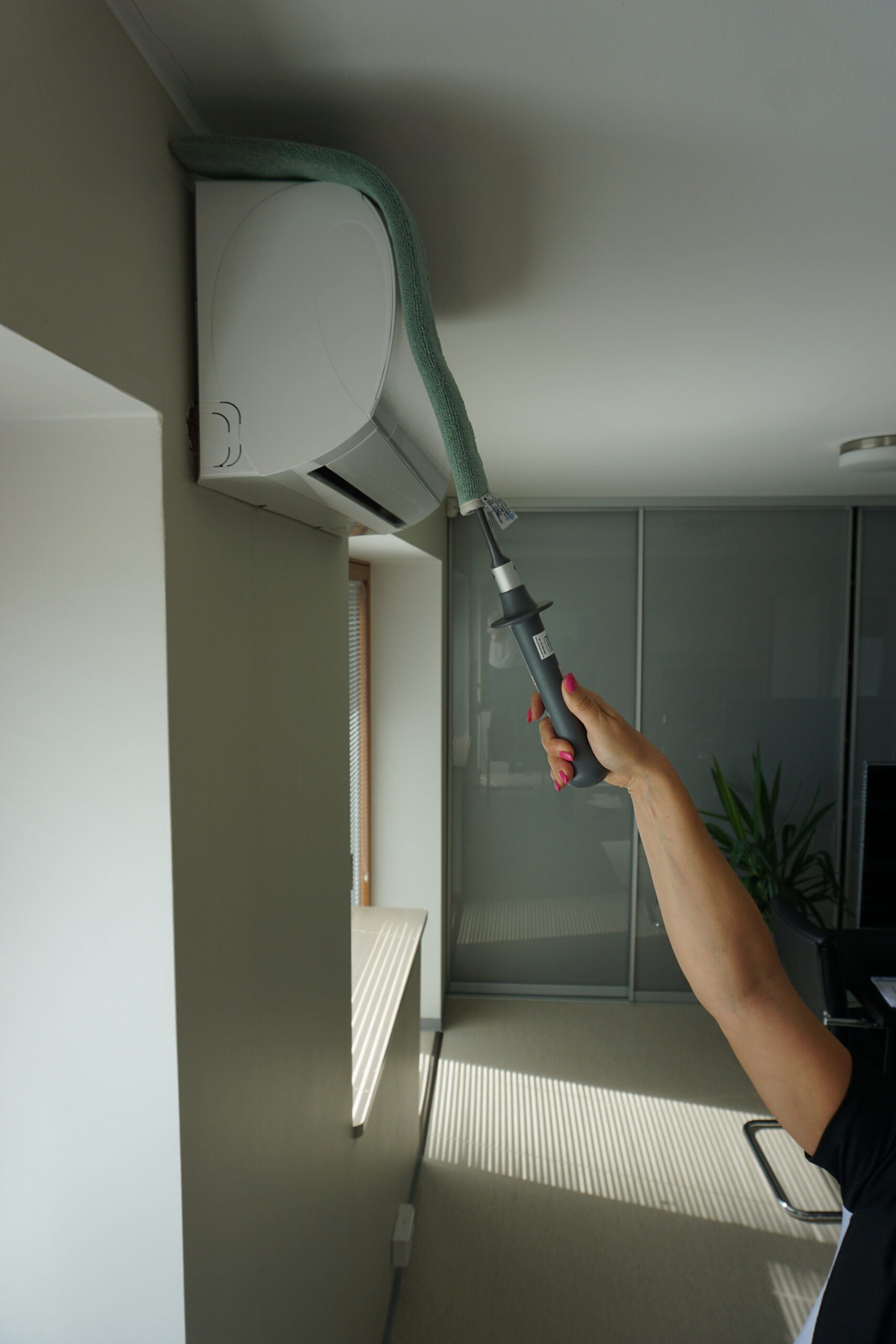Cleaning is a Science: International Experts Shared Knowledge in Tallinn
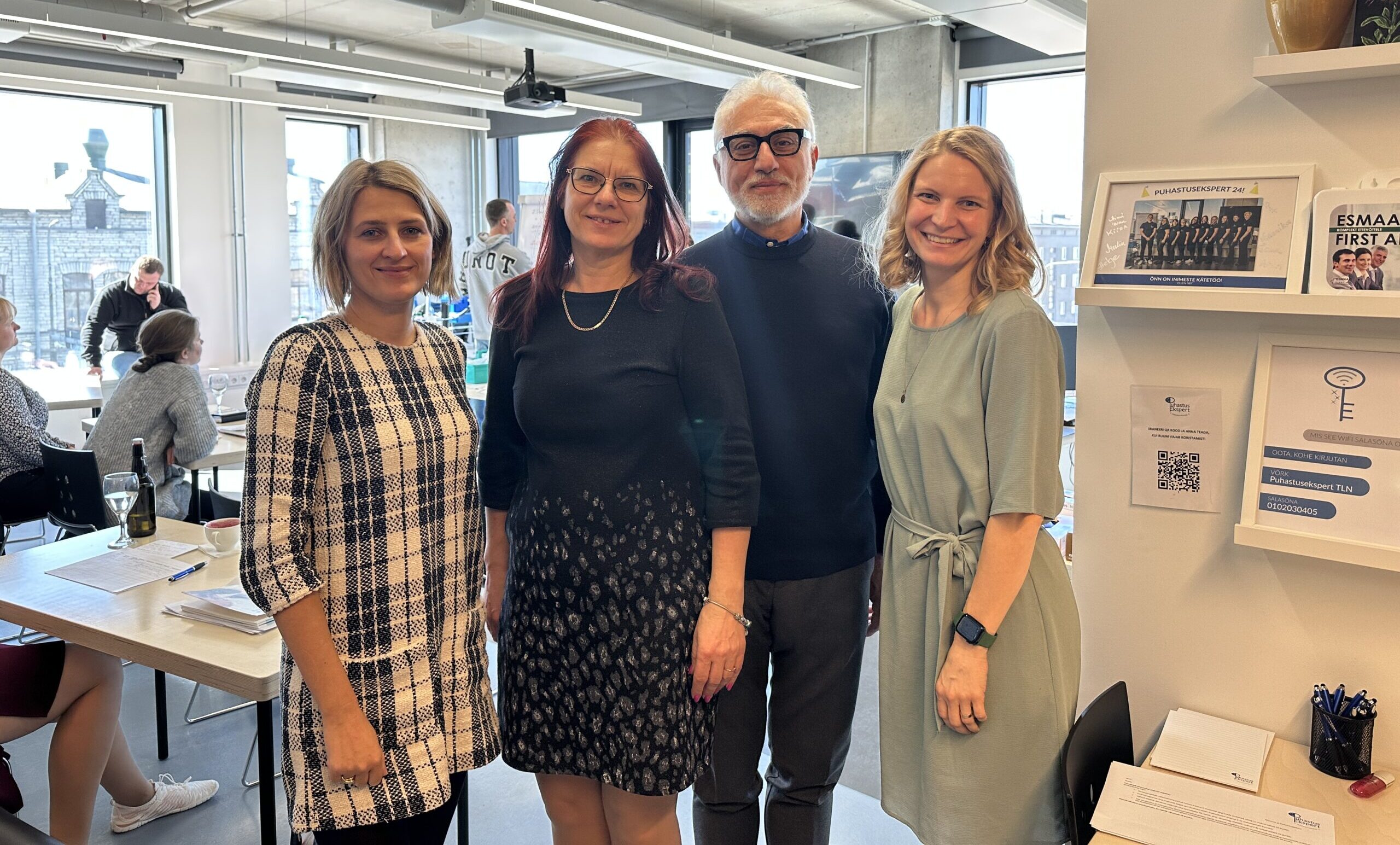
On April 8–9, 2025, experts from ISSA visited Tallinn with the aim of sharing experiences on developing the cleaning sector and working together to ensure that professional qualification exams within the EQF framework could be more broadly implemented across Europe. This opportunity was made possible by the Erasmus+ learning mobility project No. 2024-1-EE01-KA121-VET-000236654, which supported the invitation of international experts to Estonia and enabled knowledge exchange in an international environment.
During the two-day program in Tallinn, activities included on-site observation of both the theoretical and practical parts of the qualification exam, participation in exam preparation training, a consortium meeting hosted by SOL Baltics, and a presentation on the processes of the CIMS quality standard.
The main objective was to exchange international experience in the cleaning field and to gain an overview of how EQF-based qualification exams are organized in Estonia—and how such a system could potentially be implemented more widely across Europe. Additionally, the aim was to explore how the quality of cleaning services could be improved through a unified standard across the continent.
During the meeting, ISSA experts shared in-depth knowledge about the CIMS (Cleaning Industry Management Standard), which is an internationally recognized quality management framework for the cleaning services sector. CIMS is the first consensus-based management standard that defines the core characteristics of a successful and high-quality cleaning organization.
The CIMS standard focuses on five key areas:
-
Quality systems: Ensures the presence of a documented quality management system that promotes continuous improvement and consistent service delivery.
-
Service delivery: Standardized cleaning procedures and protocols that ensure thorough and effective cleaning processes.
-
Human resources: Emphasizes the importance of well-trained and qualified personnel, ensuring that cleaning tasks are carried out by competent and reliable professionals.
-
Health, safety, and environmental stewardship: Encourages the use of environmentally friendly products and practices, minimizing the use of harmful chemicals and improving indoor air quality.
-
Management commitment: A commitment to quality, efficiency, and overall customer satisfaction.
Implementing the CIMS standard helps cleaning organizations improve operational efficiency, enhance customer satisfaction, and gain a competitive edge in the market. Through standardized processes and quality control measures, consistent and high-level cleaning services can be delivered that meet client expectations.
Cleaning Begins with Design
Throughout the two days, the role of building design and interior architecture in delivering effective cleaning services was also highlighted. Cleaning planning should begin already at the building design phase and should involve cooperation with property maintenance professionals. This allows for the creation of sustainable solutions that save both time and labor resources.
An instructive example was the glass roof of Fiera Milano, one of the largest exhibition centers in Europe. The complex includes multiple pavilions and buildings, many of which feature extensive glass surfaces, including large glass roofs and facades. These glass elements give the buildings a modern and spacious appearance, but maintaining and cleaning them is challenging and requires specialized methods and equipment. Before the 2015 World Expo, a massive glass cleaning operation was undertaken—it took 130 people an entire month to complete the task. The project was so expensive that such an extensive cleaning of the glass surfaces has not been repeated since.


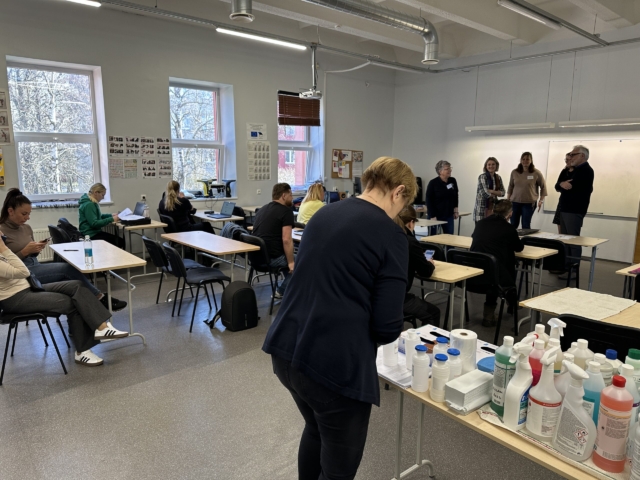
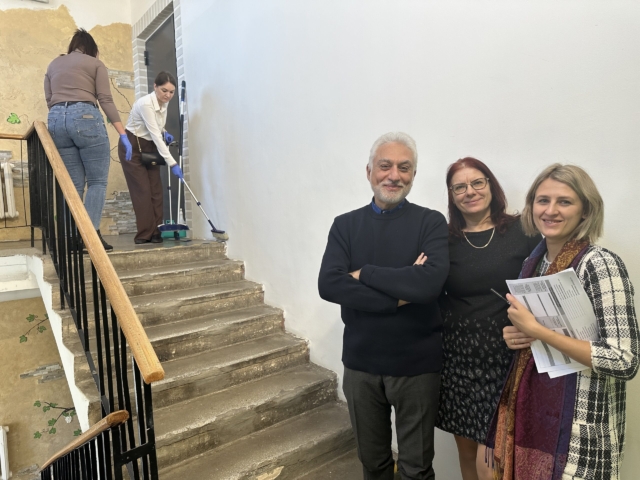
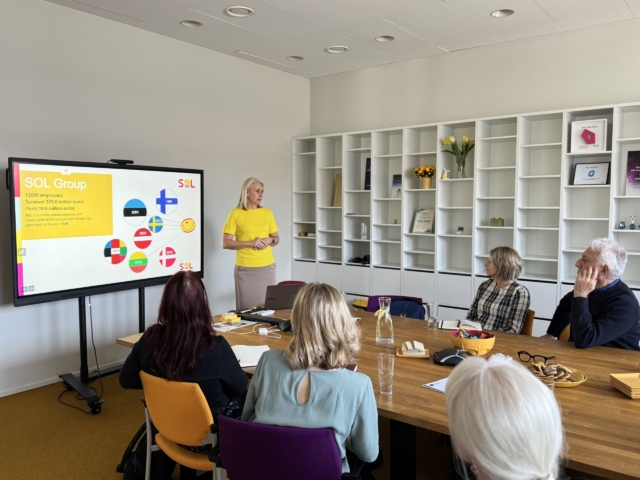
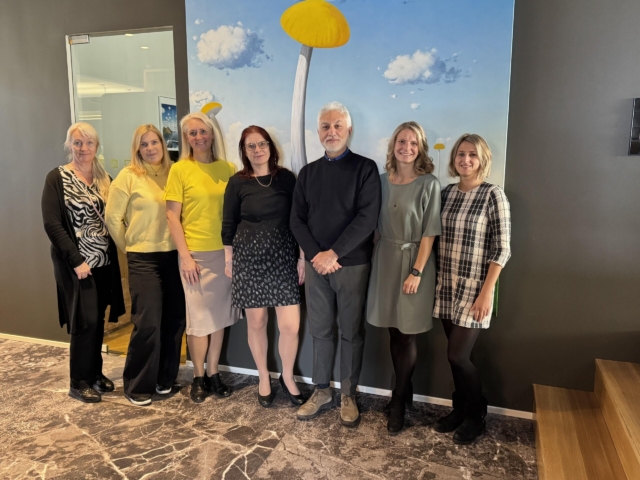
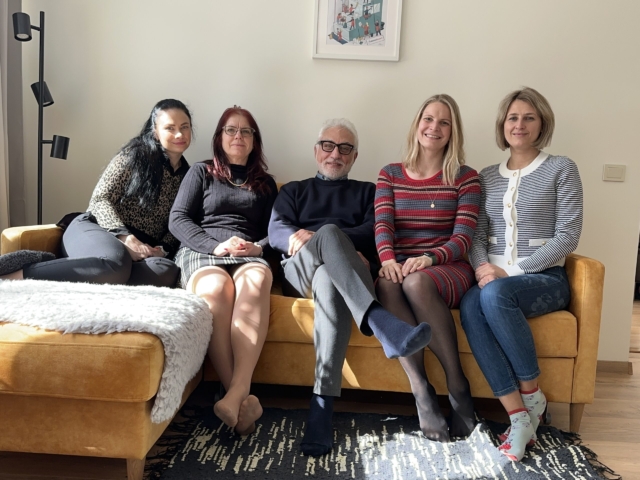
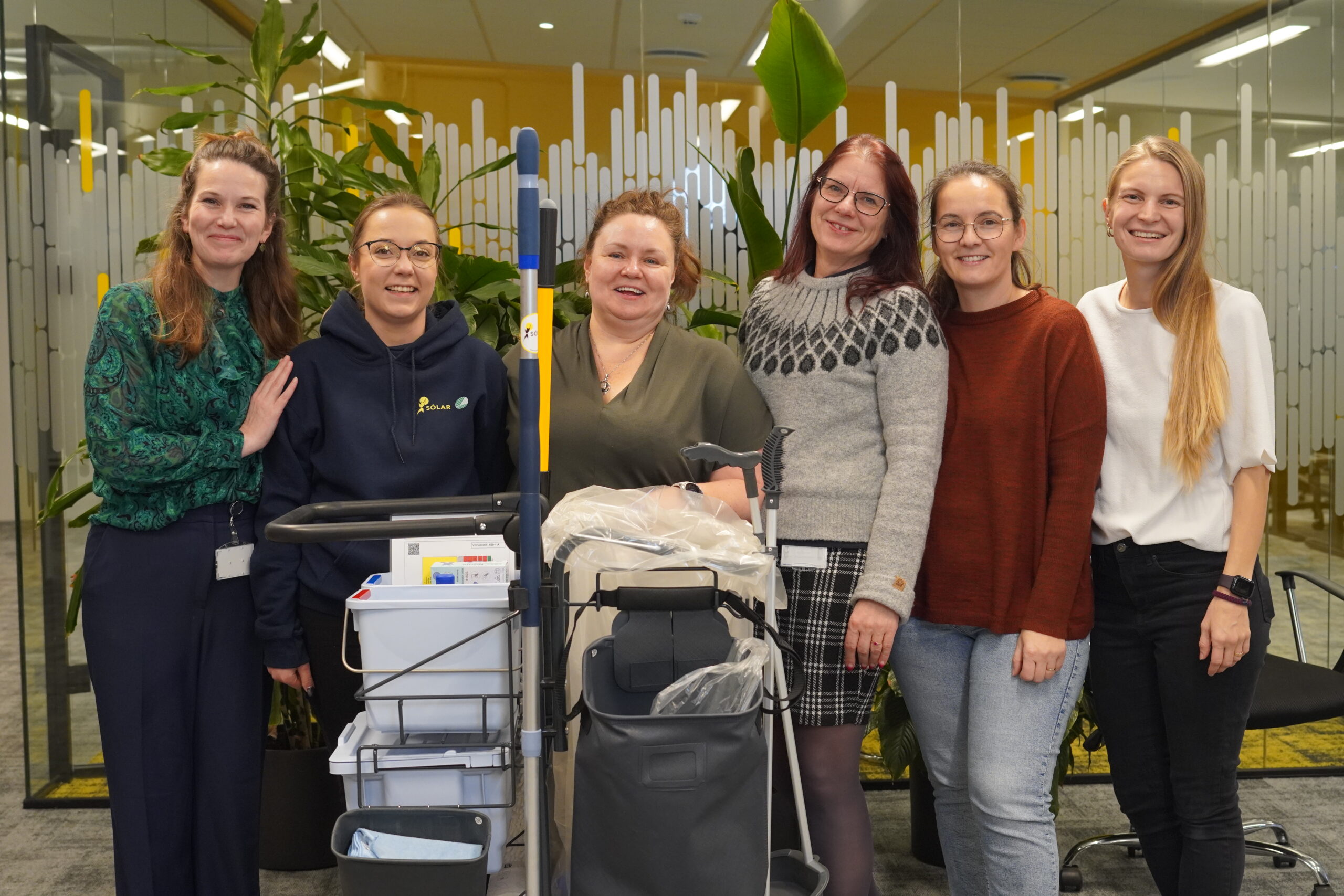 October 2024 was special for our team – we were able to work with specialists from a large Icelandic cleaning company, Solar ehf, for 2 weeks to develop and streamline their cleaning processes.
October 2024 was special for our team – we were able to work with specialists from a large Icelandic cleaning company, Solar ehf, for 2 weeks to develop and streamline their cleaning processes.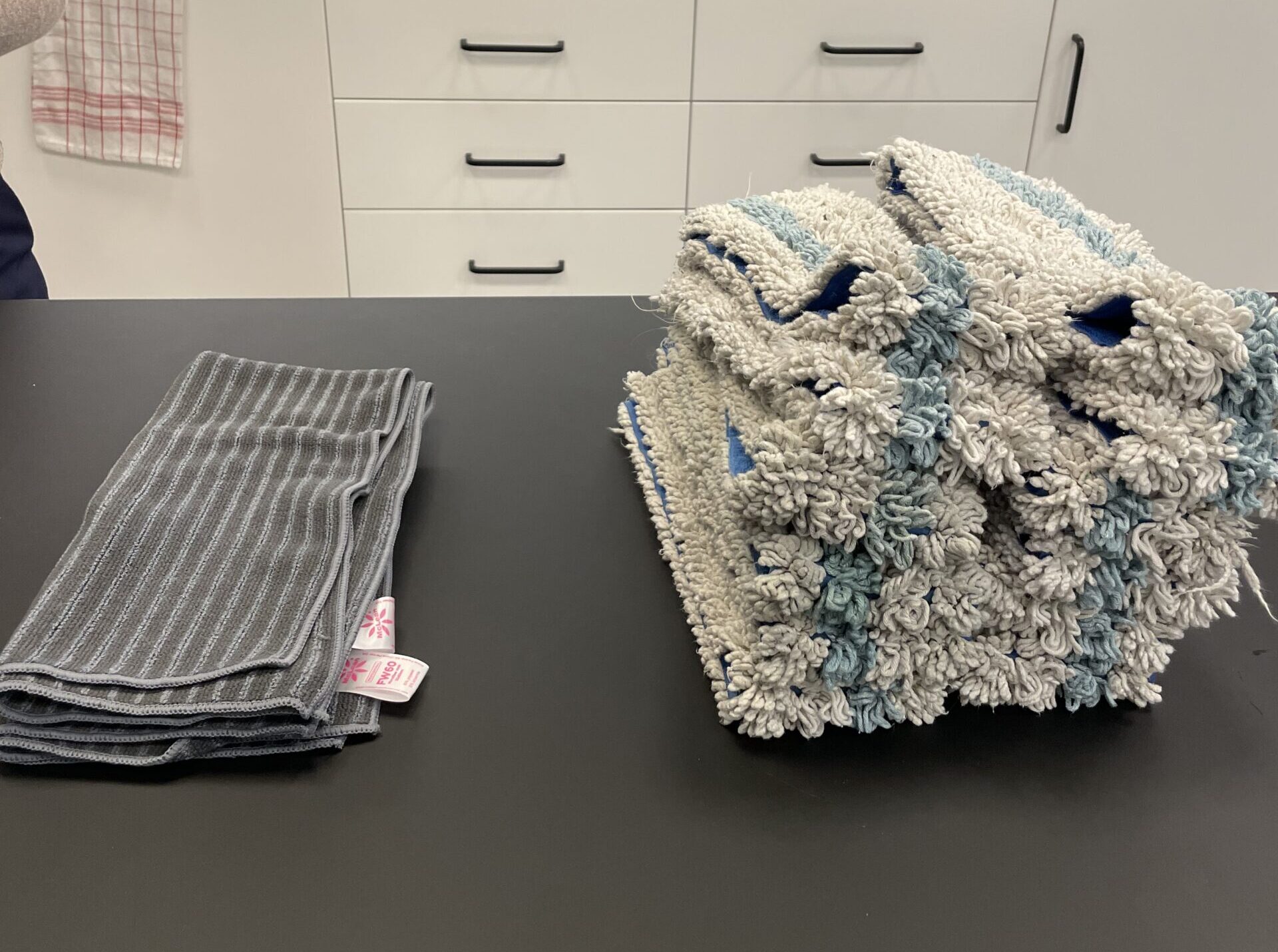 4. More Efficient Floor Cleaning
4. More Efficient Floor Cleaning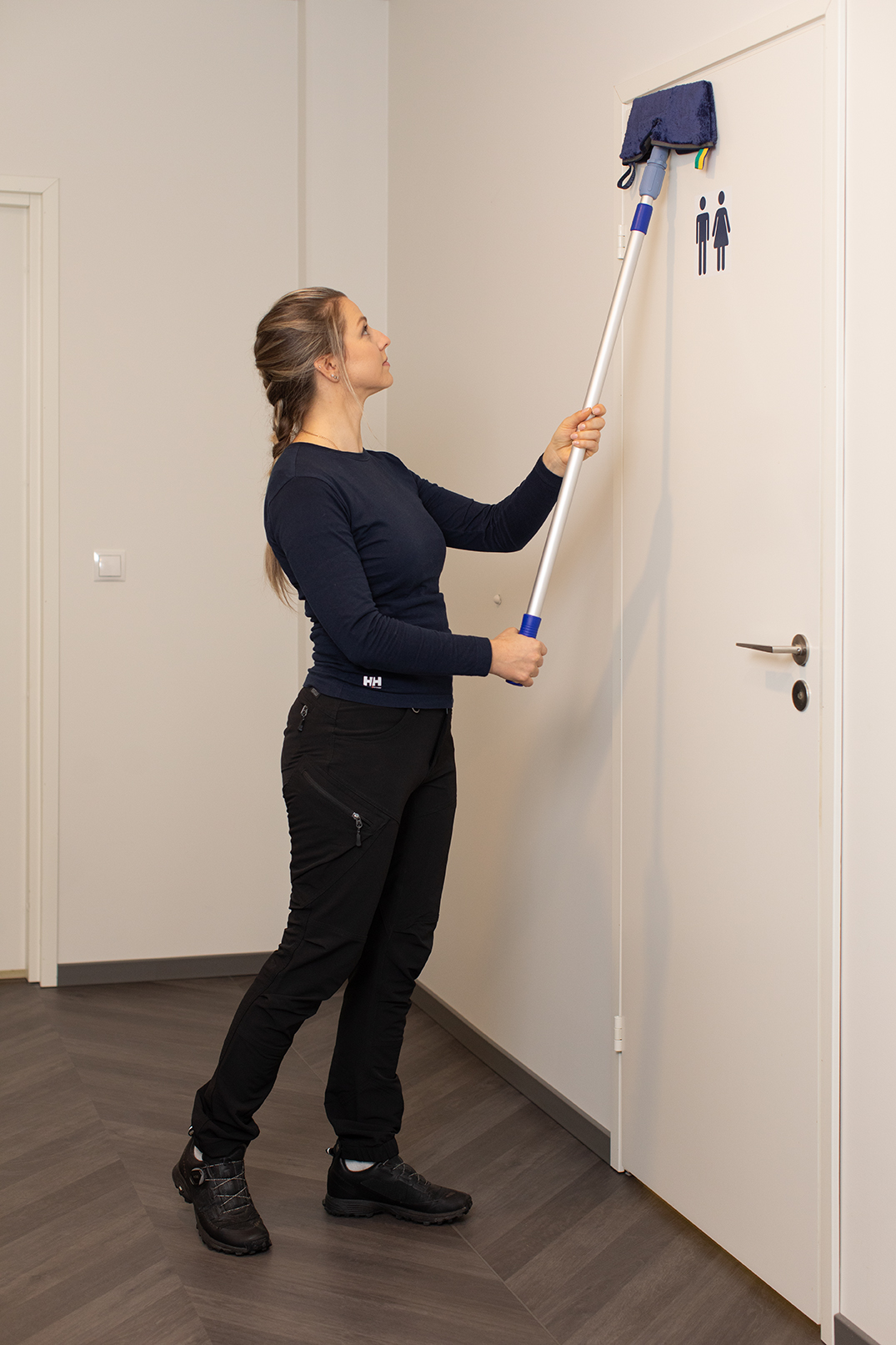 Cleaning can be good for your health, but it can also be harmful. It all depends on HOW you clean, it depends on knowledge and skills.
Cleaning can be good for your health, but it can also be harmful. It all depends on HOW you clean, it depends on knowledge and skills.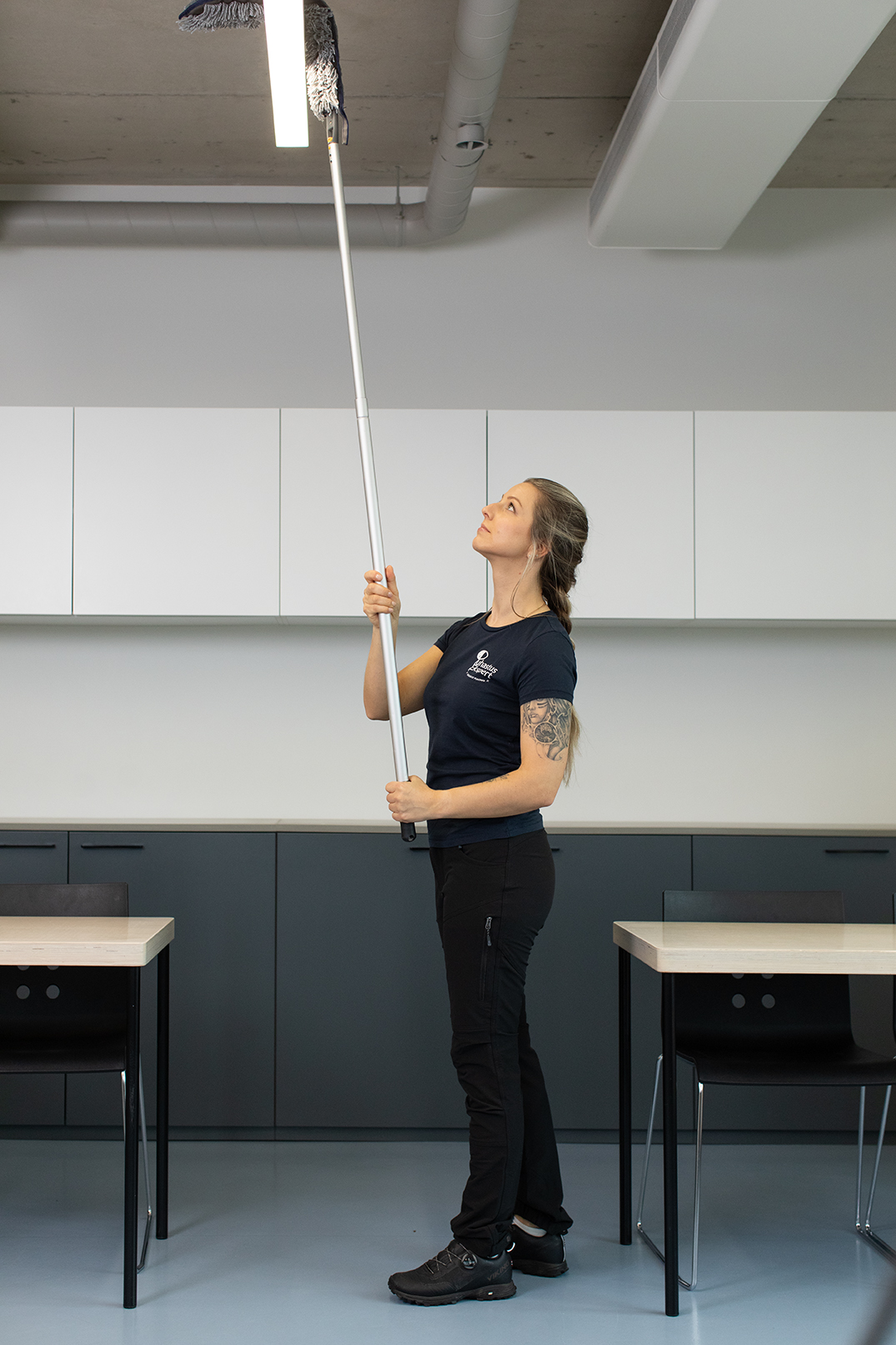
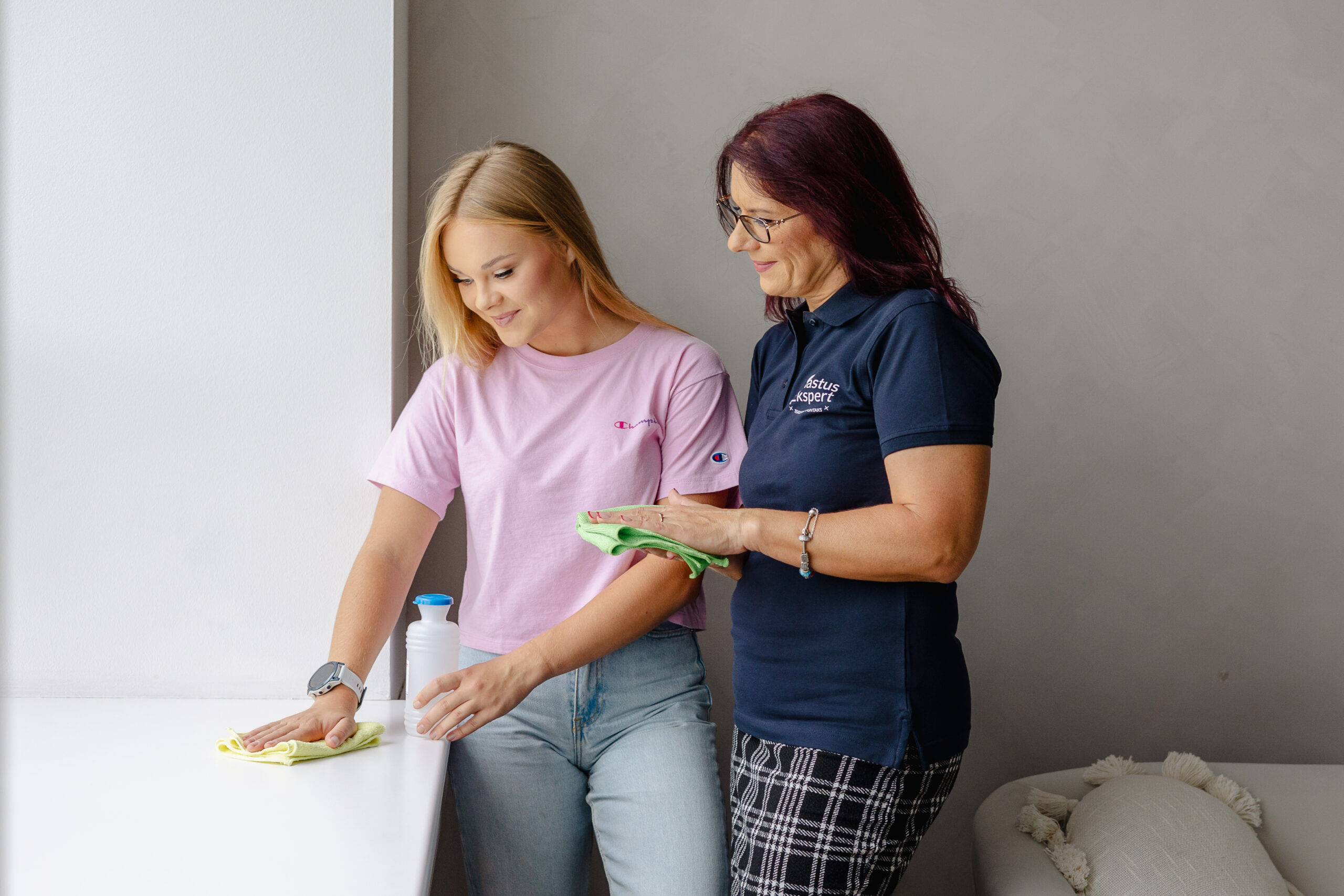 The Professional cleaning and facility management association of Latvia (LPUAA) in cooperation with the project’s leading partner OÜ Puhastusekspert is starting the implementation of the Erasmus+ project 2024-1-EE01-KA210-VET-000246665 “CleanSkil: Bridging the Estonian-Latvian Competency Divide”. The project is implemented with the support of Erasmus+, which is an EU program to support education, training, youth and sports in Europe. The project implementation period is from 01.09.2024 until 28.02.2026.
The Professional cleaning and facility management association of Latvia (LPUAA) in cooperation with the project’s leading partner OÜ Puhastusekspert is starting the implementation of the Erasmus+ project 2024-1-EE01-KA210-VET-000246665 “CleanSkil: Bridging the Estonian-Latvian Competency Divide”. The project is implemented with the support of Erasmus+, which is an EU program to support education, training, youth and sports in Europe. The project implementation period is from 01.09.2024 until 28.02.2026.

 Dust is inescapable. It kind of just happens. Dust is dirt that can have a direct impact on our health. In addition to allergies, it can affect even healthy people because dusty rooms can contain more mould spores than normal. Breathing in dust and spores uses up a certain amount of the body’s energy to cope with them, resulting in reduced immunity. If a person weakened by this then comes into contact with a virus, they are more likely to fall ill. We also tend to feel more tired in such spaces.
Dust is inescapable. It kind of just happens. Dust is dirt that can have a direct impact on our health. In addition to allergies, it can affect even healthy people because dusty rooms can contain more mould spores than normal. Breathing in dust and spores uses up a certain amount of the body’s energy to cope with them, resulting in reduced immunity. If a person weakened by this then comes into contact with a virus, they are more likely to fall ill. We also tend to feel more tired in such spaces.